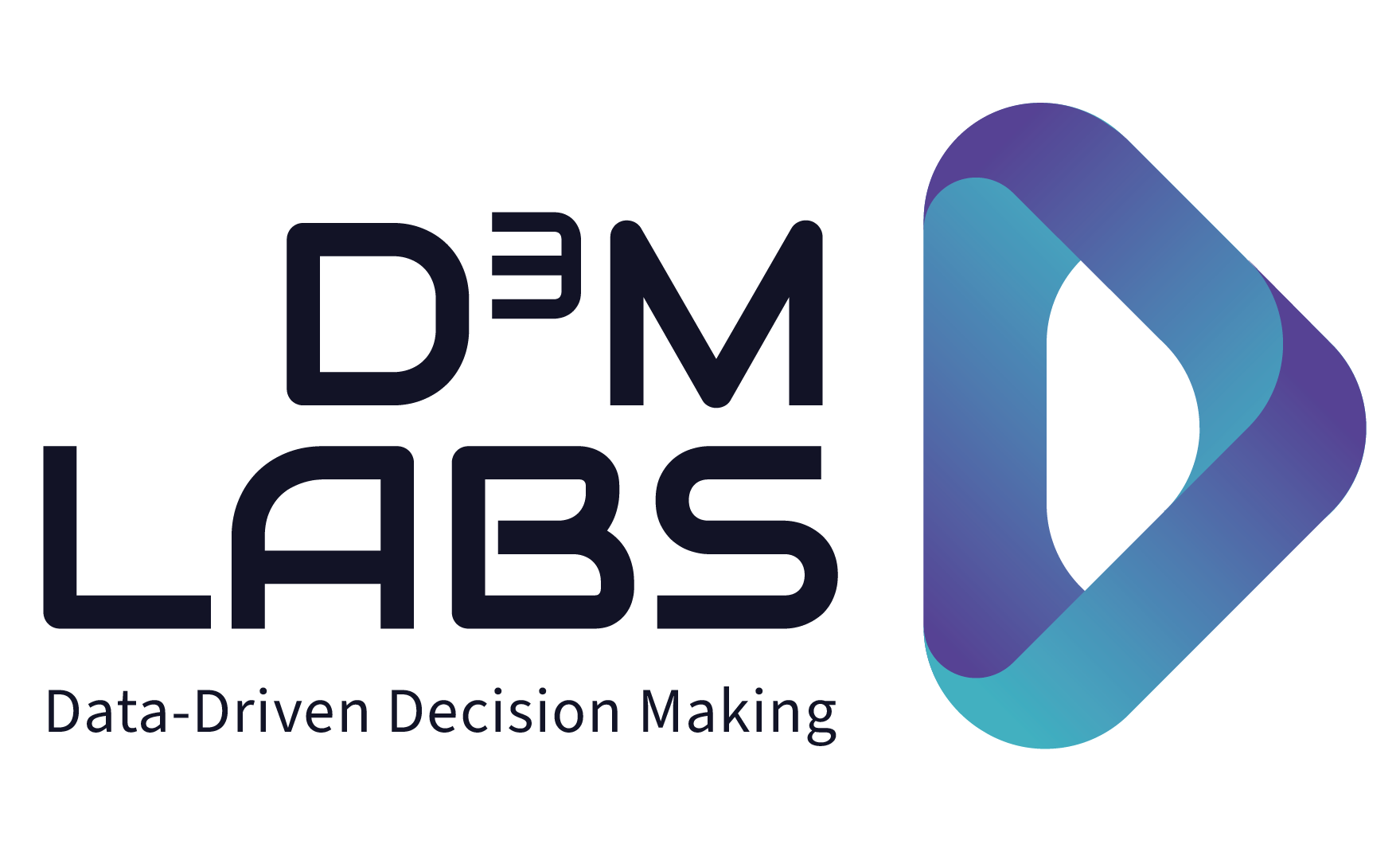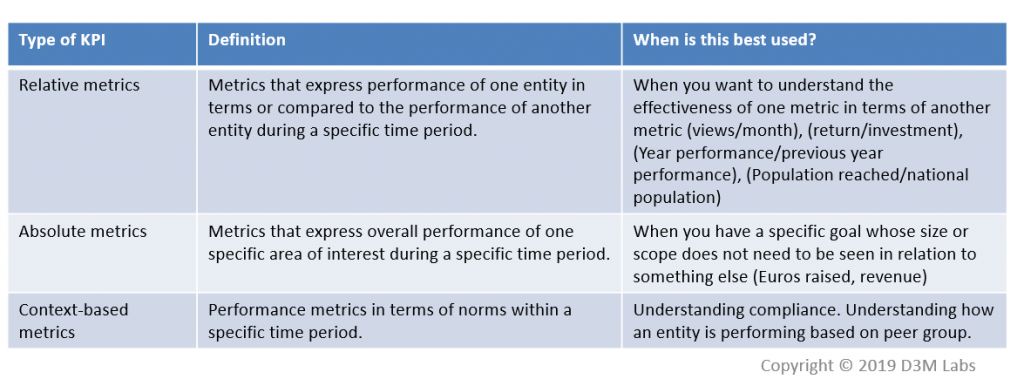On Friday September 20th, I had the honor of being a Jury member at Quadriga’s Digital Communication Awards. That meant I got to spend a day with other amazing people and listen to Europe’s most inspiring digital communications projects.
At the after party some people asked me for feedback and what they could do better next time. Here is a list of tips that are useful when pitching the impact of your project, as well as to anybody using key performance indicators (KPIs) to communicate the value of your work:
- Your goal begins with clarity and ends with scope. Clarity of vision and the boundaries of what you are trying to achieve is important for success. These elements are imperative if you want to set KPIs. You have to know what you want to do and where you want to go if you want to measure success and gather insights.
- Context is king. Tell me why your goal is meaningful. Spend time on short, concise explanations that will enlighten me about the importance of your mission.
- Know your customer. Customer segmentation is a foundational step in strategic planning for among other activities, communications. I discuss how to define customer segments and gain insight for customer personas in my blog Customer Segmentation: Rules-based vs. K-Means Clustering.
- Remember journey, the funnel and the circle. KPIs are the means rather than the end. Rather than only focusing on the finish line, the KPIs should support narrative holistically. In other blogs, I have described the importance of the customer journey. Marketers use pipelines to measure the evolution of a lead to revenue and repeat business. Marketers, sales professionals and software vendors have numerous ways to define pipeline. How you will design your pipeline measurement and management depends largely on your product and market. No matter how you design your pipeline, using KPIs that provoke constructive discussion and learning will enable your team to improve.
- Know the difference between KPIs and metrics. Metrics use data to track standard business operations. Key performance indicators are an elite corps of metrics that show you are moving towards your goal. Choose them carefully. Less is more. You should have at least 3, no more than 7. An important note here! It’s not the size of the boat, but the motion of the ocean. If you have a small target audience because you have specific niche or you live in a small country, that should not be a disadvantage. I got quite a few questions about exactly this point. Agencies in small countries, people working on regional or niche projects: relative and in some cases contextual metrics are your friends!!
- Not all KPIs are made the same. Choose your arsenal well. Use a blend of KPIs that tell us about your journey, impact, as well as success. When we think of KPIs, most of us think of quantitative performance management. There are qualitative KPIs, for example based on human feedback or sentiment, process KPIs, which measure how you do something and many more.
- No vanity metrics, please. A vanity KPI is a KPI that you think should be there, sounds good, but says nothing about if you achieved your goal. Examples of popular vanity KPIs include: # of likes, #s of downloads, impressions. Many vanity metrics are absolute metrics that include high numbers. Vanity metrics in high numbers do not create KPIs.
- Visualization and product placement are key to consumption. A picture is worth a thousand words and is more memorable than a number. A few KPIs extremely well visualized, placed in the right parts of your story will make a lasting impression on me and convince me that your project was successful and impactful. Â
Looking to the future, defining and gathering data for your KPIs is foundational prerequisites for using machine learning to improve your business. Successful advanced analytics use cases have their roots in successful KPI definition and data capture.
Again, it was a wonderful experience to meet the amazing contestants and fellow jury members. Please share. Don’t hesitate to reach out if you want D3M Labs to collaborate with you in creating Business Intelligence/Communications Effectiveness Measurement frameworks in your organization and managing implementations of machine learning.


